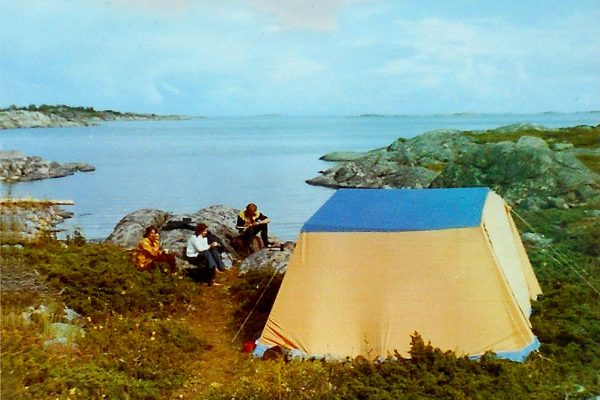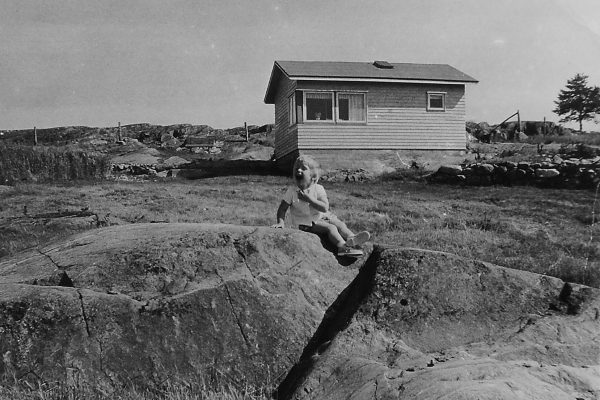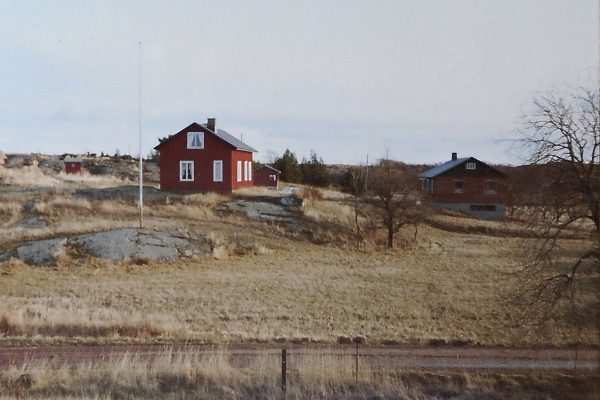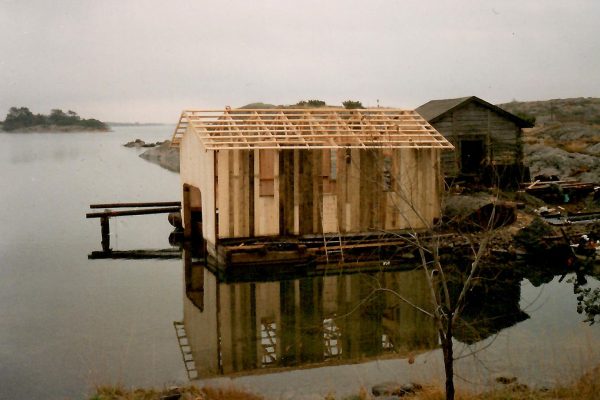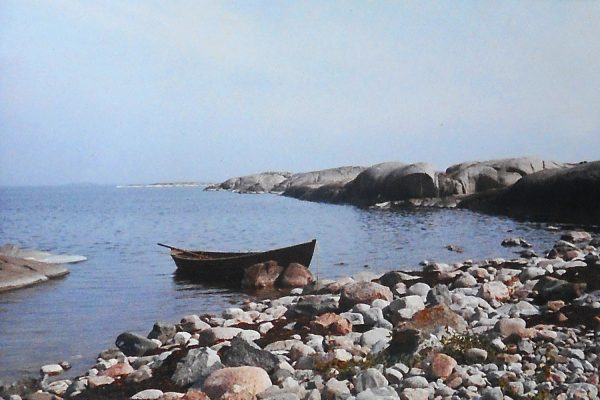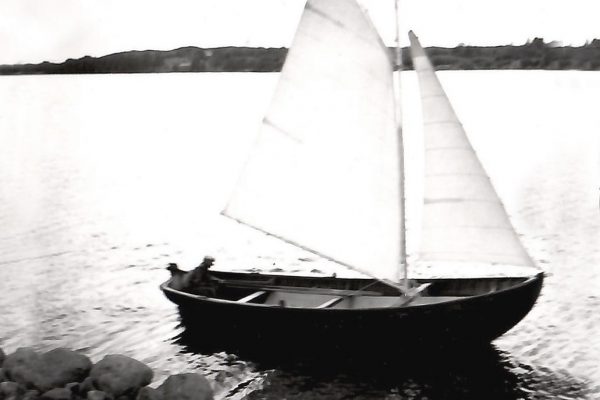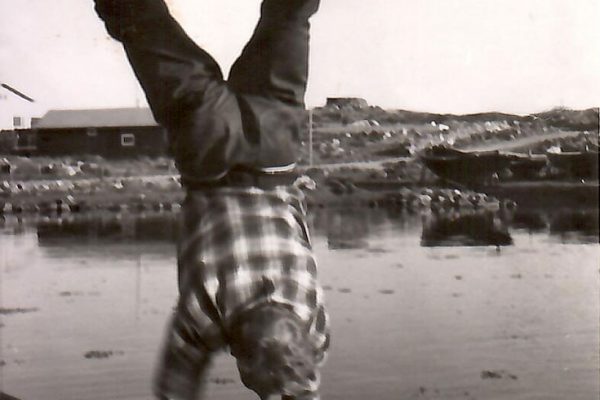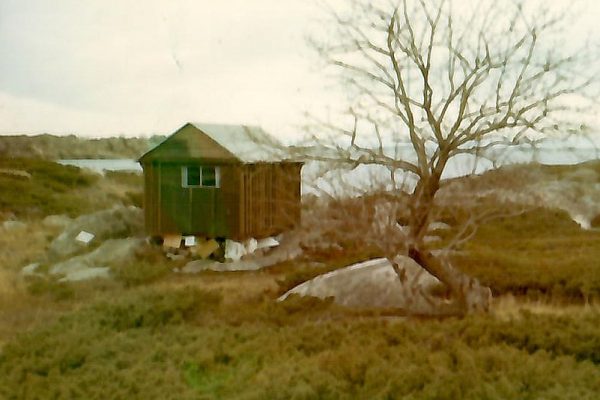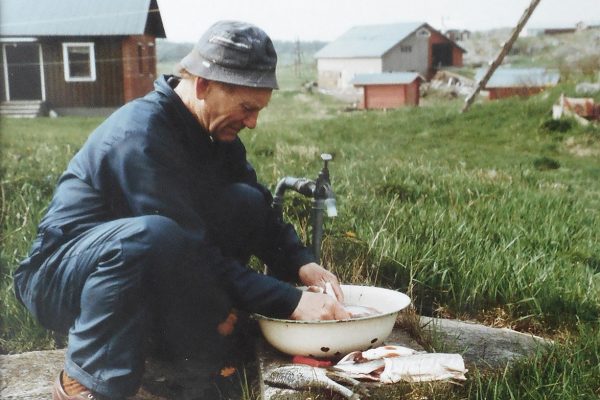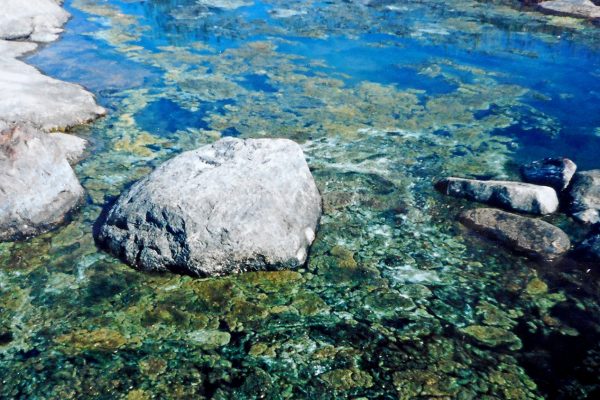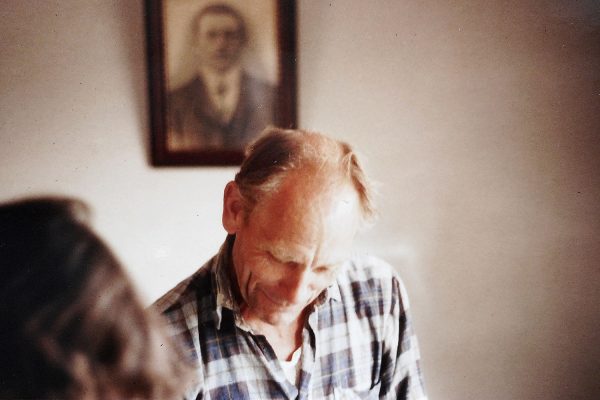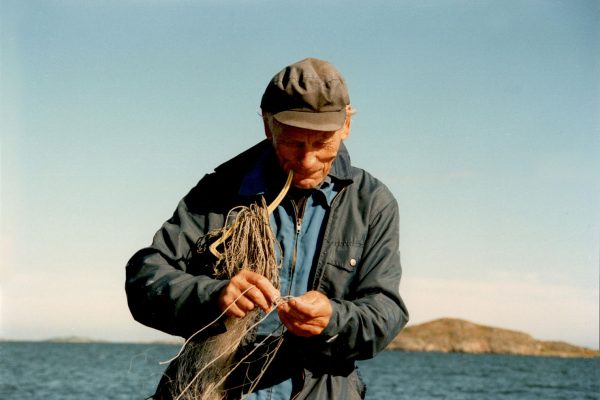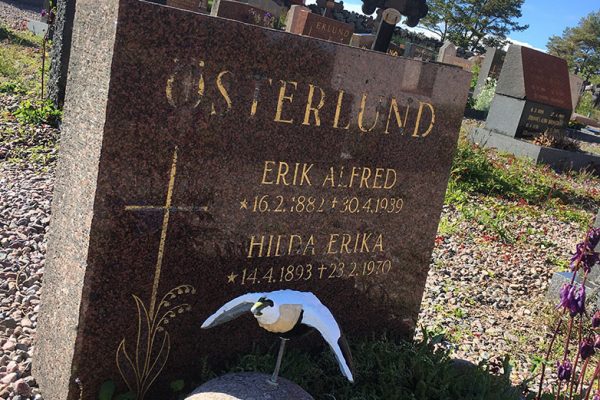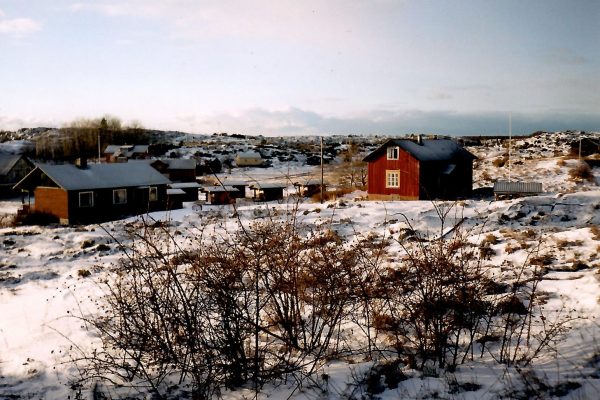Photo: Bernt Balkh
History
From the beginning of times Skinnars has been a fishing farm with an old farmhouse. It is located in the eastern part of the Kökar island in the Österbygge village. The fields are nourished by seamud and the waters are very rocky. In its time Skinnars was an impressive-looking farm with a mansard roof and rococo furniture.
Over the centuries the island was visited and inhabited by the military and conquering Russian, Swedish, and Norwegian armies as well as English soldiers, various groups of merchants, Polish seal hunters and Franciscan monks.
From afar, a visible part of Skinnars is the big stony cowshed. Staying at the farm also allows access to fishing waters and some bird-watching islands like the ones where the sheep used to be taken to graze for the summer. There is a sign on the wall of the storage building made of logs on the beach which says 1817. Another island to visit is the adjoining herring island in the outer archipelago, which traditionally used to be owned collectively by the inhabitants. Herring was salted there to be taken to Helsinki. Warm weather and the fruitful ground gave good apple and root vegetable harvest.
Österlund in transformation
During its history the Skinnars farm underwent one structural change after another. When the old matron Hilda Österlund died in the year 1970, the estate was divided into two between a daughter and a son. Master Erik Österlund had earlier left for Sweden to work as a carpenter.
He would return to his home region during the summers. The first summer guests arrived at Skinnars from Sweden as well. They were an elderly couple who fell in love with the beauty of the island and chose to stay in every year in the red small cottage without any facilities.
On Kökar island tourism was at its best in the 1960s and 1970s. In those days there could be up to 3000 people staying overnight. As time went by camping in tents became less popular and Erik decided to return to the island to found the island’s first cottage village: Österlund Stugor.
Two additional cottages were first built on the hill; thereafter came the small cottages and the stony cowshed was rebuilt last.
First the downstairs of the stony cowshed was renovated to function as a service building, later the work moved to the flats in the attic. The old main building was taken apart because it was unusable. It got a new gabled roof and in the 21th century a water connection, toilet and a shower.
When the ex-pat Erik Österlund returned to the island for good from Sweden he built himself a new house out of bricks. The house is the one where we now live and it is different from any other house because it is made of bricks. We rent out this house to groups in the winter.
Erik
Erik was born on the waves. The summers of his youth he spent fishing, often staying overnight in the outskirts of the archipelago in a hammock.
He was stubborn and defiant but he respected nature. Erik carved his own boats in the attic of the cowshed, he weaved his own nets and if necessary he repaired his motor in the stormy sea.
As a carpenter Erik was a member of the group of builders who built Källskär and based on his extreme ability to balance, which was needed when fishing, he also took part in building the shingle roof of the church`s clocktower.
Erik knew the wind and the sea to perfection. He built a small fishing cottage on the outer archipelago. Its door was always open to those who landed in distress but also those passing by could stop there. He offered a fireplace, dry and warm clothes, water, maccaroni, a flask of whisky and a gas stove.
Hope, Erik and Eastern Sea
At times when many where not yet worried about the cleanliness of the Eastern Sea – Erik was. He could open the stomach of a whitefish, and spread out its inner organs on a cleaning board to show that the fish was not healthy, that there was something wrong in it. He was anxious when he sensed that he was not believed.
He kept track of the amounts of seaweed, keeping books on the appearences of the fish, plancton, and other signs of pollution. By the 1980`s he believed that the Eastern Sea could not be rescued any longer. He was a charismatic and even sharp-tempered person – ahead of his time in many ways.
When he felt that he was not understood, or recognized in his efforts to initiate tourism on the island, or worried over the condition of the Eastern Sea he got deeply insulted and chose to live isolated from his surroundings.
We all belong to Skinnars
Skinnars was a base for bird watchers, astronomers, photographers, school children on summer camps, and ordinary bikers and other tourists.
Akvarel courses were typically held in Skinnars and sometimes weddings as well. Before the era of mobile phones Erik was in five places at the same time: he busied himself heating the sauna, cleaning the small cottages, lifting the fishing nets for the evening meal, fetching a clean towel for someone who had left his own at home, and inside the house receiving bookings on a landline.
Erik`s last wish
Erik died at night of a heart attack after Christmas 2015. He was 92 at the time. He wanted his ashes to be spread in the ocean. We have made a little bird, an eider, on his parents’ grave in the graveyard of Kökar`s church to remember him.
In his will he left his entire inheritance to us. We had been renting the old main building from him since 1985. Yet also other guests were staying there overnight. After getting the inheritance we did not know what to do with it.




